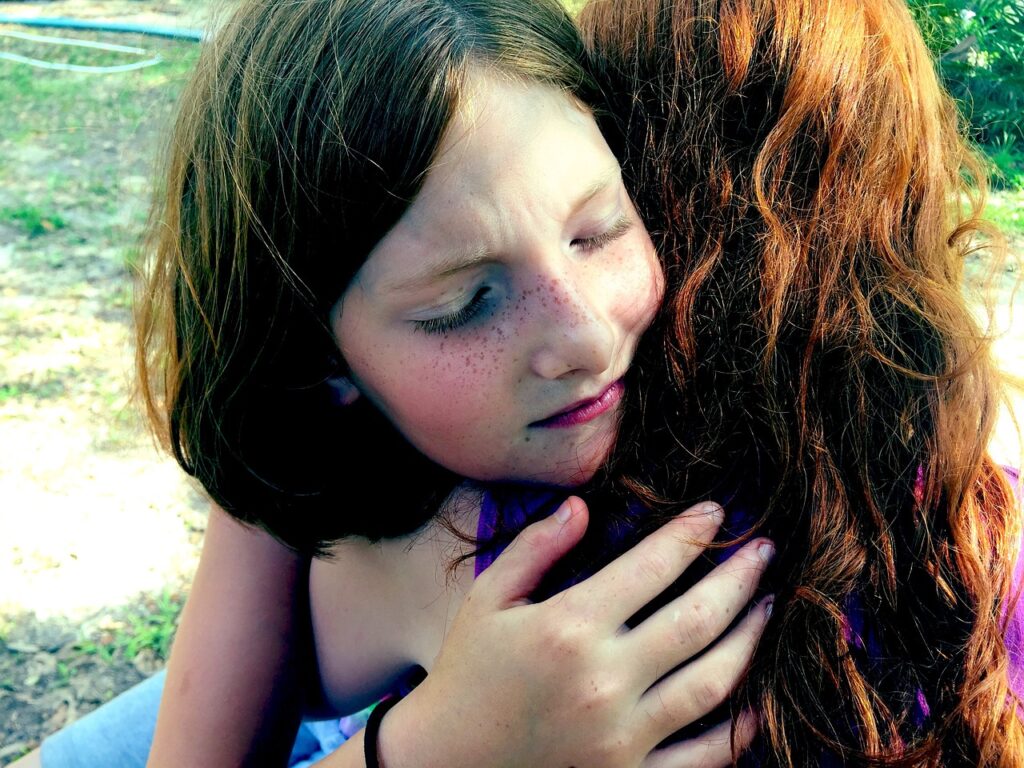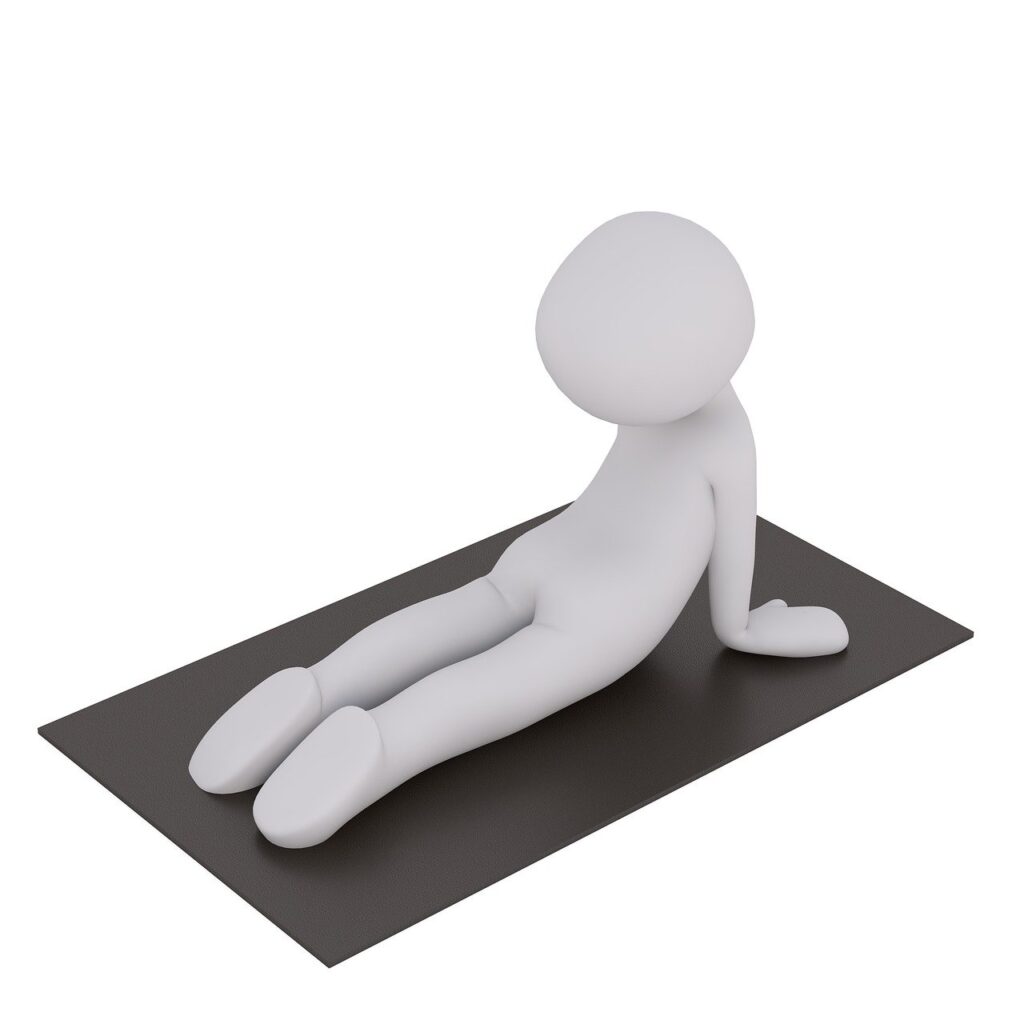If you have a highly-sensitive child, you may not have considered the benefits of doing yoga for kids with sensory sensitivities. It’s certainly worth a try though.

Children with these sensitivities find that the movement and breathing in yoga give them a sense of grounding. By introducing controlled sensory experiences such as the tactile sensation of the yoga mat or the feeling of the stretch, they’re better able to build tolerance to sensory input and improve sensory integration.
Furthermore, practicing in a structured and calm environment helps them learn to self-soothe and manage their sensory processing more effectively.
What Is Sensory Processing?
Each of us is exposed to a variety of stimuli each day. As such, we have a sensory system that works as a filter to sort out relevant data so that we are able to respond in a way that is commensurate with the context. In other words, it helps us to not experience discomfort or ‘freak out’ over the stimuli except when necessary.
Sensory processing requires the brain to adapt and reorganize itself. This adaptability is known as neuroplasticity and it plays a crucial role in sensory processing.
First, there is the sensory input. This is the information our senses receive.
Second, the brain must integrate this input based on its interpretation of what is received. Finally, action is taken based on the integrated information.
In a brain without high sensitivity, this sensory regulation is what enables people to stay balanced and focused in an otherwise hectic or noisy situation. The brain is able to amplify the necessary signals for effective engagement.
For children (and adults) with sensory sensitivities, achieving sensory regulation is much more difficult. They experience the world with nervous systems that struggle to regulate the sensory input they receive. They are easily overwhelmed in situations that may seem ‘normal’ to others.
Benefits of Sensory Regulation

When the nervous system is in overdrive, it’s difficult to achieve focus and attention. For kids with sensory sensitivities, they feel this acutely. They have difficulty performing both in school and on a social level. This is what makes sensory regulation crucial.
With sensory regulation, children experience less anxiety and stress and can more easily focus on the task at hand. They’re not victimized by the noise and activity around them which increases their emotional regulation as well. That means they experience enhanced cognitive functioning, better social engagement, and even improved physical coordination and balance.
Yoga is an amazing way to help kids achieve this state and learn how to maintain it.
Why Doing Yoga for Kids with Sensory
Sensitivities Works
Yoga emphasizes bodily awareness and mindfulness while focusing on the present moment. Such actions enhance our sensory processing capabilities. In addition, the breathing exercises in yoga can be amazingly effective tools for managing sensory overload. This is particularly helpful for kids with sensory sensitivities and processing challenges such as autism.

In addition, yoga engages all five senses. This is achieved in a calm and controlled environment where an instructor or therapist can create a tailored yoga experience based on a child’s unique sensory needs. For example, the sense of touch is stimulated through contact with the mat and the ground. Soft muted lighting moderates visual stimuli. Calming music or relaxing nature sounds enhance auditory input. Even smell and taste can be incorporated through the mindful use of a diffuser with lavender oil and pausing to enjoy herbal-infused water.
Creating this all-encompassing and holistic experience calms the nervous system and promotes sensory regulation.
What Are the Most Effective Poses?
The best poses will depend on each child’s needs.
For kids with excess energy and a need for more sensory input (without tipping the scale too far in the other direction), performing dynamic but controlled movements can serve as a constructive outlet. Many yoga classes start with sun salutations – a series of specific movements that flow in and out of one another – that warm the body and awaken the senses.
On the flip side, some kids crave the calming effect of grounding poses when seeking relief from sensory overload. Butterfly (sitting with the soles of the feet together), Child’s (toes together, knees wide, and stretching the body forward over them) and Downward-Facing Dog are all examples of grounding poses that promote stability. The sense of being anchored in the present moment these poses bring can redirect frazzled thinking into focused mindfulness.
Could Yoga Help Your Child Regulate?
Regardless of their individual needs, yoga for kids with sensory sensitivities provides a space for every child to safely explore their sensory boundaries and limits.
In addition, the mindfulness practices of yoga foster a sense of calm and focus while teaching children how to navigate their internal landscape with more ease. And here’s the kicker – most kids really like yoga!
So if you’re ready to see how yoga could help your child with sensitivities feel more comfortable in the world, contact us today. Our virtual and onsite mobile yoga with skilled instructors can bring the practice right to your child.



